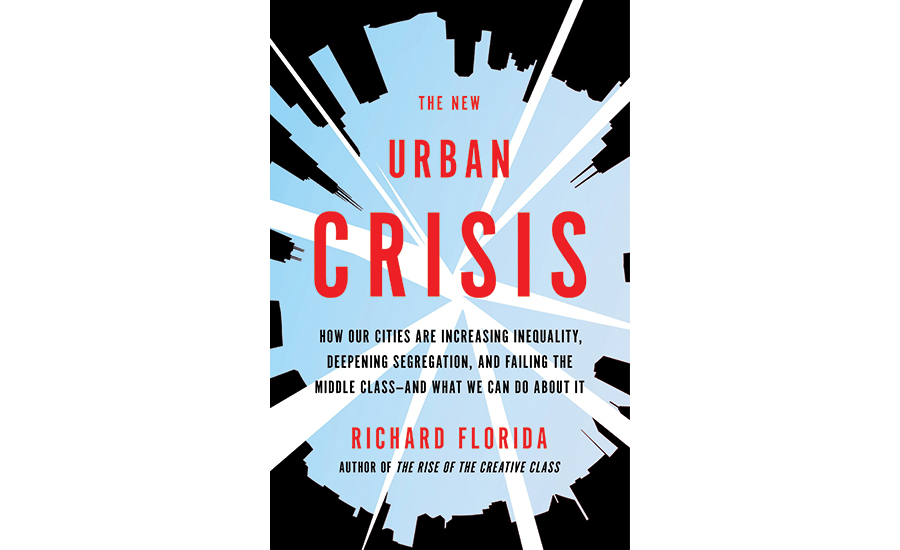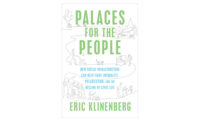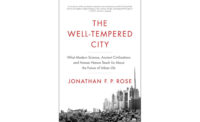In his best-selling book, The Rise of the Creative Class (2002), Richard Florida documented the growth of work related to knowledge and highlighted the importance of creativity, design, and art to business success. Highly educated, highly social “creatives” (the word has migrated from adjective to noun) spurned corporate suburbs and gravitated to cities that were diverse and rich in cultural and entertainment opportunities. Business followed the architects, designers, artists, app makers, writers, media entrepreneurs—among others—to the cities.
Yet in his latest book, Florida argues that this phenomenon has triumphed too well. The clustering of imaginative people and innovative businesses has not spread itself widely among metro areas but has ended up concentrated in a handful of “superstar cities”—Boston, New York, Washington, Chicago, Austin, Los Angeles, San Francisco, and Seattle. Here in the glittering gulches of skyscrapers and prowling Teslas, factors like stratospheric housing prices, costly entrepreneur- stifling zoning regulations, and a homogenizing tidiness threaten to kill the creative ethos.
There’s more. Florida’s new “crisis” is one of growing income inequality everywhere, segregation (by neighborhood, income, and race), and a disappearing middle class. It’s a crisis of suburbs, where poverty, income insecurity, and crime grow. It’s a crisis of the developing world, where urban hypergrowth and rapid industrialization fail to move people up the income scale.
But can you blame every urban ill on bikeriding young architects designing for social-impact investors while sipping artisanal Fair Trade coffee?
Architects have always understood the value of proximity to consultants and key clients. The superstar cities are attractive because creative-class businesses want to cluster there, and footloose, affluent people are willing to pay for the glamorous features. This wealth concentration is partly a product of the economic globalization that, since the fall of Communism, rewards large global-hub cities with top-drawer brains and leaves behind most of the rest.
These denser, desirable downtowns are inevitably more costly, but they can employ talent at all income and knowledge tiers if well supplied with transit. Florida understates the value of a comprehensive metropolitan mobility strategy (trains, buses, bikes, ride-sharing, and walkability) to reduce costs by drawing together affordable neighborhoods and good jobs. Since America fails to coordinate mobility investments and spends little on transit, cities with ample alternatives to driving are expensive because they are so few.
Then there is the nature of income equality, for which the new generation of creative entrepreneurs and the urban density they prefer are not responsible. Yes, some creative workers, especially in tech, have the market power to earn good salaries. But the vanishing middle class results from government policies that reward investors and penalize people whose jobs are replaceable. It’s augmented by a business culture that believes that giving ordinary earners a raise will hurt stock prices. The stagnation and decline of incomes for service and industrial jobs is the most important reason job-rich cities shut out middle-income earners, suburbs grow poorer, and industrial cities struggle. Creators, especially the tech types, are the only ones with the market power to buck income stagnation. Is that so bad?
Florida crams his book with charts, and the numbers are often startling and illuminating. But he brings in few outside voices to put the numbers in context. This is why he misses the key point that today’s dilemmas are not a “new urban crisis” but the result of broader unaddressed problems.






Post a comment to this article
Report Abusive Comment